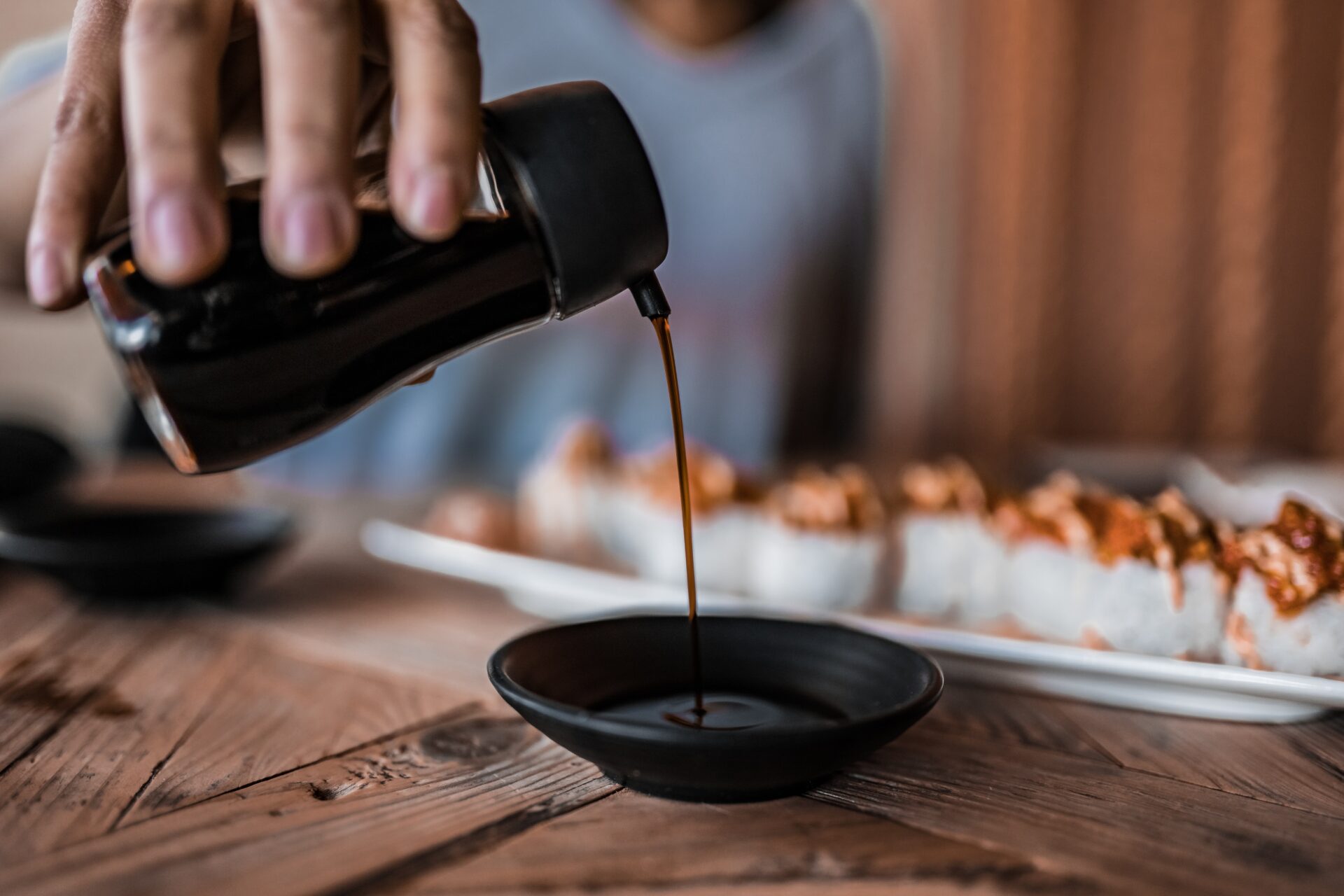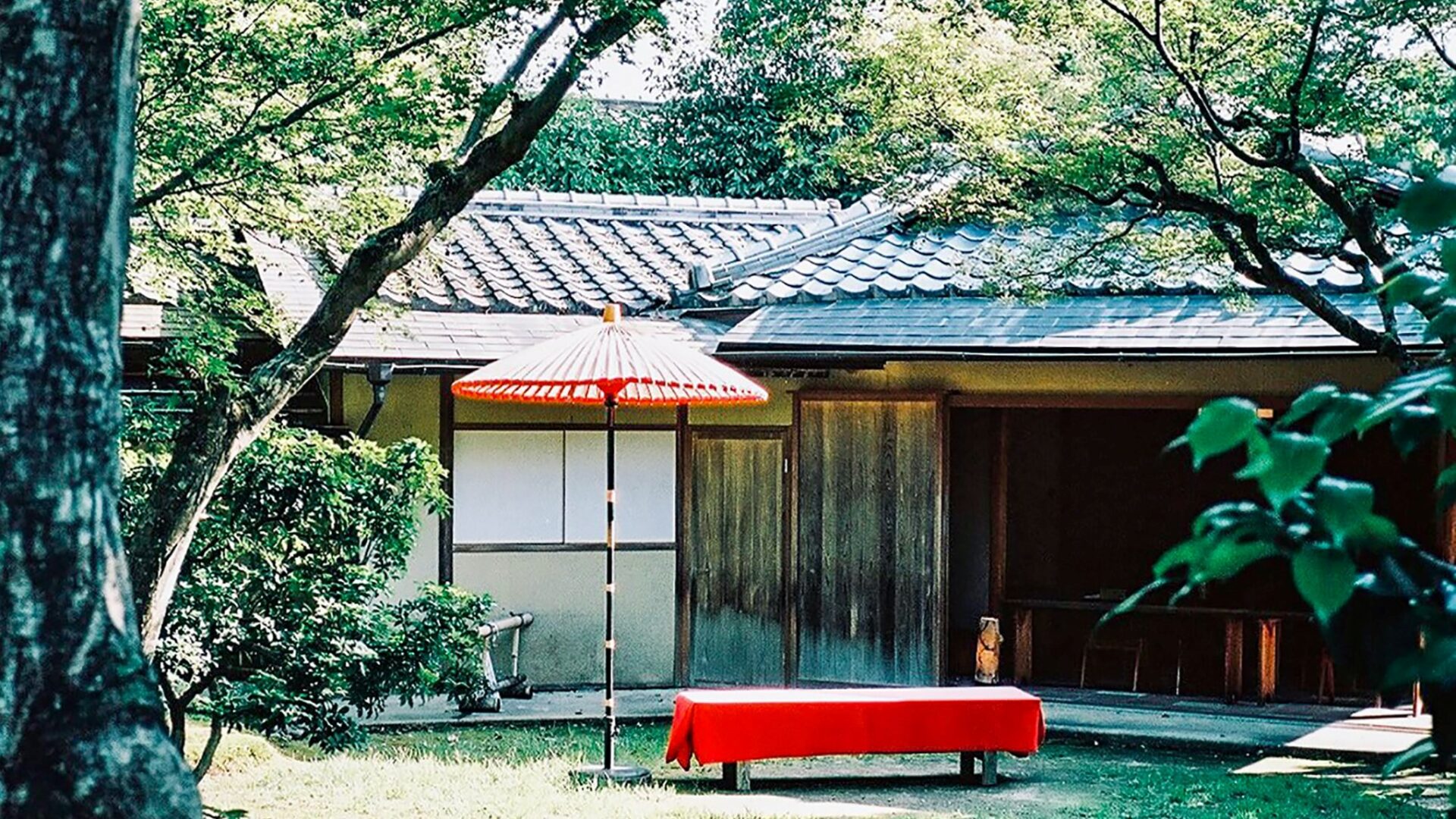There are so many different types of Japanese food all over Japan, and all of them are very delicious with special seasonings that support the taste. From salty to sweet, there are so many various types of seasonings, and they are all essential to the Japanese dining table. This article will introduce some of the popular seasonings that are commonly used in Japan.
1. Soy sauce
Soy sauce is a familiar seasoning that is almost always found in Japanese homes. The ingredients are soybeans, salt, and wheat and are made by microbial fermentation, which takes more than six months. Usually, it takes more than a few years to produce. The history is very long and the word soy sauce has been used since the Muromachi period. However, it’s said to have a long history in Japan. There are many soy sauce manufacturers in Japan, and the taste of soy sauce varies from region to region.

2. Miso
Miso, like soy sauce, is an essential seasoning in a Japanese household. Miso soup, famously known as “the representative taste of mother’s home cooking in Japan”, is made by dissolving miso in hot water and boiling it with ingredients. Miso comes in a wide variety of flavors and tastes different depending on the region, ranging from strong-flavored miso to elegantly flavored miso.
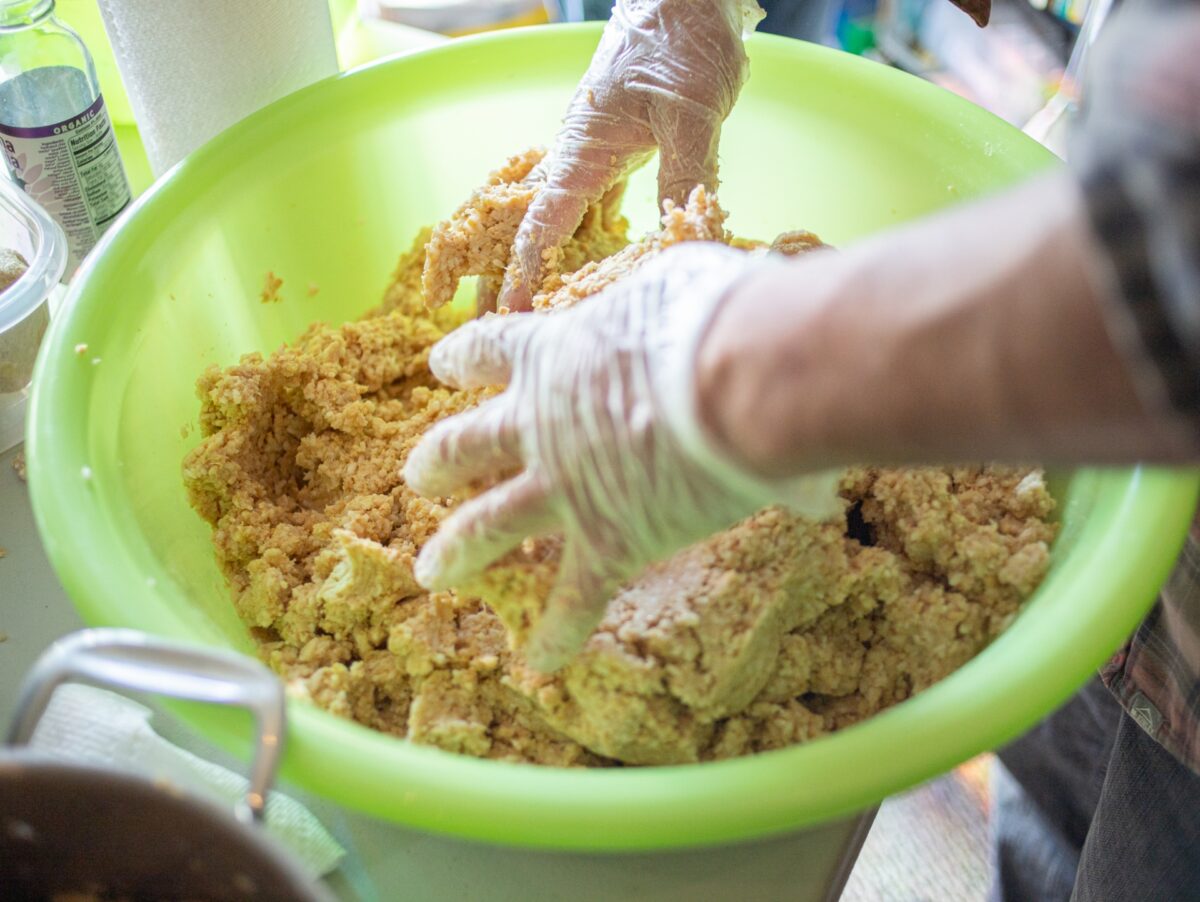
3. Mirin
Mirin is considered to be one of the most common cooking seasonings. It removes the strong smell of fish and meat and improves the flavor. Mirin is also used to enhance the appearance of food by making it shiny and glossy when cooked. Mirin sold in supermarkets is called “Hon Mirin (本みりん)” and tastes rich because it takes several months or years to make, but there are cheaper Mirin-like seasonings that are close to the taste of Hon Mirin. The ingredients of Hon Mirin are malted rice, sticky rice, and shochu. It’s sweet, and people use Mirin instead of sugar to make cuisines healthier.

4. Su (vinegar)
Su (Vinegar) is used all over the world and is an indispensable seasoning here in Japan as well. In Japan, there are many kinds of vinegar, such as rice vinegar, black vinegar, apple vinegar, grain vinegar, etc. Different kinds of vinegar are used for different dishes. Vinegar is a very familiar seasoning, for example often mixed in with the rice under sushi.
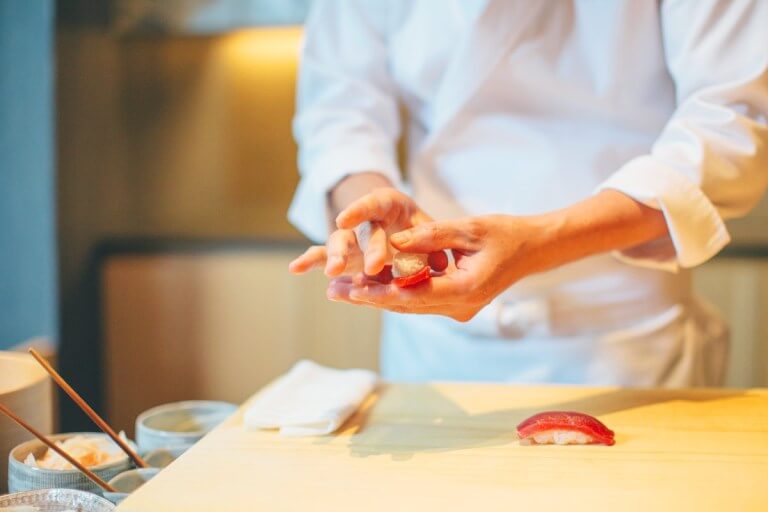
5. Katsuobushi
Katsuobushi (Dried bonito flakes) is one of the most important ingredients in making dashi, a soup stock essential to Japanese cuisine. Katsuobushi is made by boiling the flesh of bonito and smoking it to remove less than 26% of its water content. It is a condensed, umami-rich seasoning. Put a large amount of dried bonito flakes in water and remove them just before boiling to make beautiful golden dashi. This is the perfect soup stock that is essential for Japanese cuisine.

6. Kombu
Like dried bonito flakes, kombu is another very important seasoning for making dashi or soup stock. Kombu is one of the seaweeds, and its main production area is Hokkaido. Same to dried bonito flakes, kombu should be put in water and taken out just before it boils to make a delicious one. It is often used to make buri-daikon (simmered yellowtail with Japanese radish) and oden. Also, Kombu is used for a Buddhist cuisine called shojin ryori instead of Katsuobushi as a vegetarian/ vegan option.

7. Sake
Sake is one of the most commonly used seasonings in Japanese cooking, and the cooking sake sold in Japan is mainly called “Ryouri-shu (料理酒)”. Although it has the name “sake (酒)”, it’s classified as a seasoning, so even children can buy it at the supermarket. But don’t try to drink it! It tastes very salty so hard to drink. Sake is a useful seasoning for removing the smell of meat and fish, and improving the overall taste of the dish.
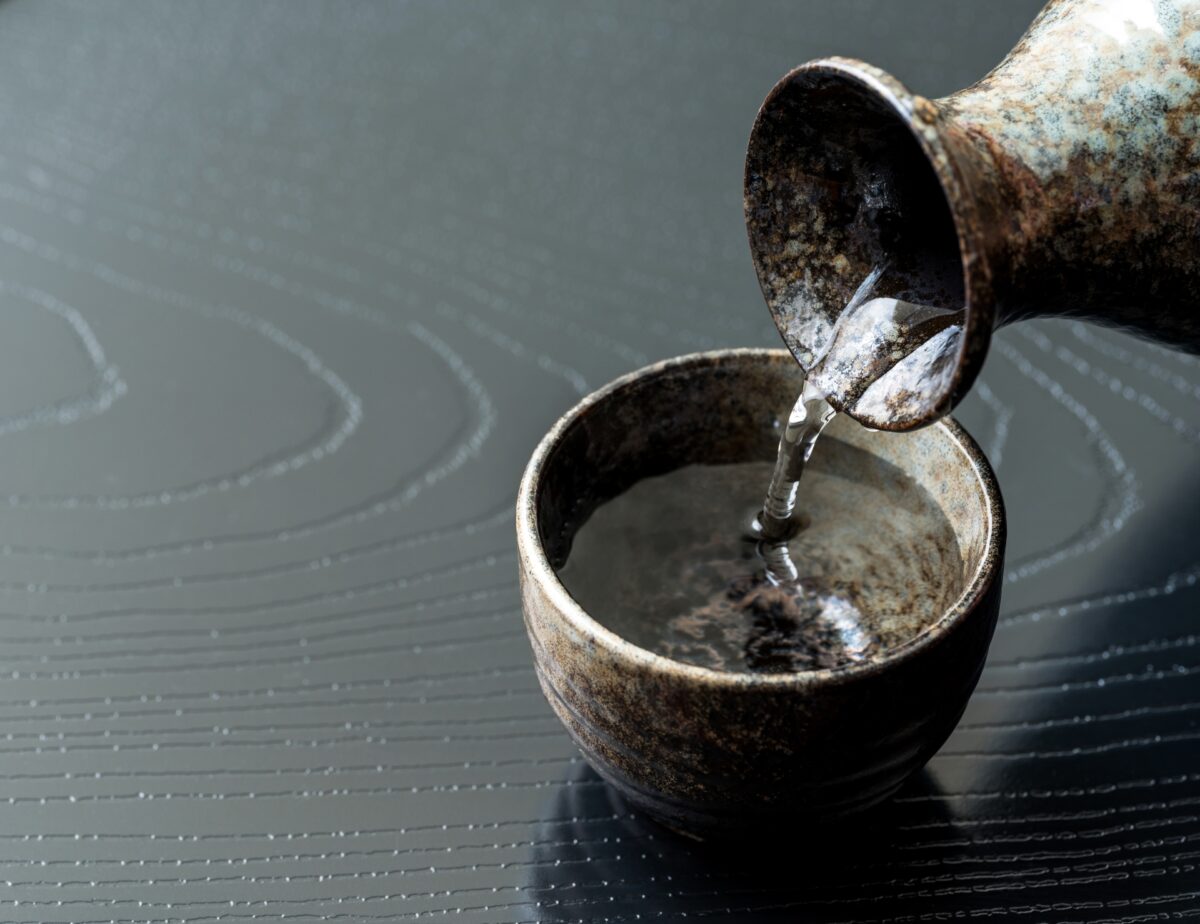
8. Ponzu
Ponzu is a combination of citrus juice, vinegar, and soy sauce. When you put them together, the fresh citrus aroma penetrates your mouth. Boiled sliced meat or fish and vegetables in shabu-shabu can be dipped in ponzu for refreshing taste. The sourness of the citrus juice and the saltiness of the soy sauce is a perfect combination of deliciousness. Ponzu is often used for hot pot meals and some kind of sushi instead of soy sauce.
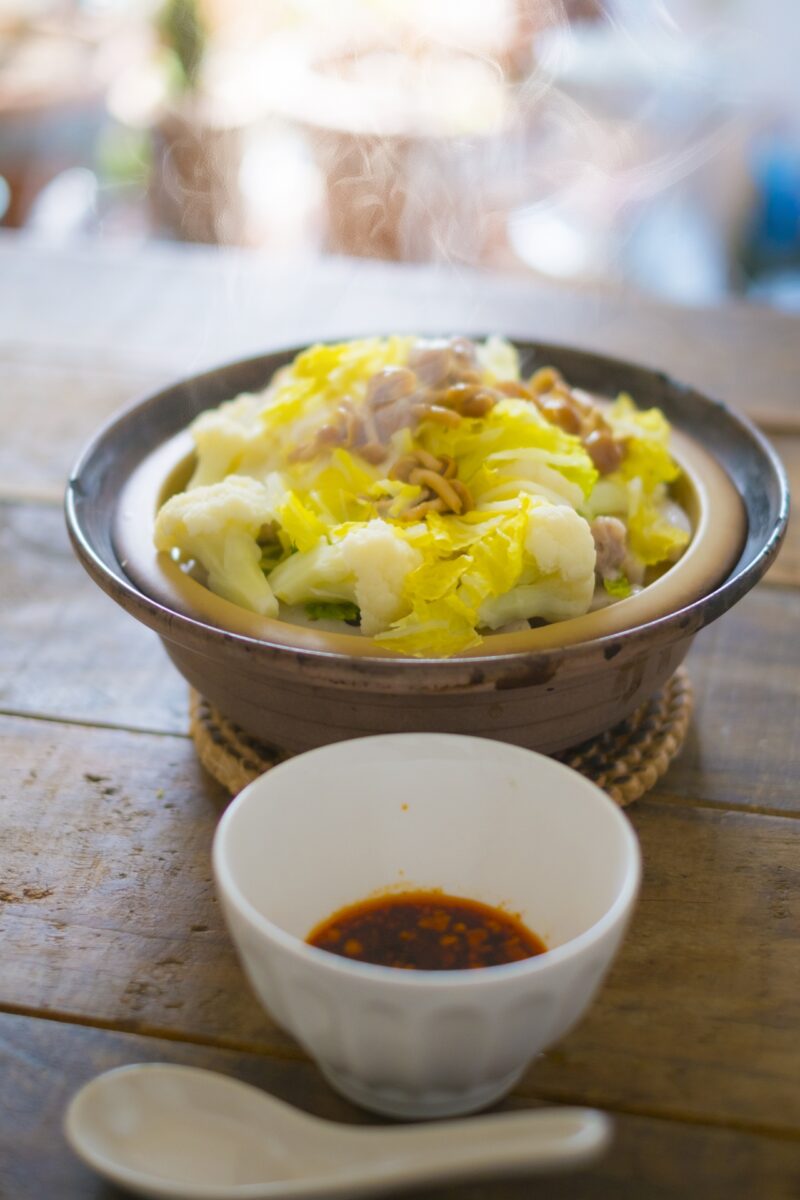
9. Wasabi
Wasabi is a spicy seasoning added to sushi and sashimi with soy sauce. The spiciness of wasabi is unique and different from that of chili peppers, and the aroma goes right to the back of your nose. In Japan, Traditional Wasabi is grated and you can also find wasabi paste in a tube for home cooks. Planting wasabi requires clean water and clear air. Azumino, the beautiful mountainous area of Nagano prefecture, is a famous producer of wasabi.
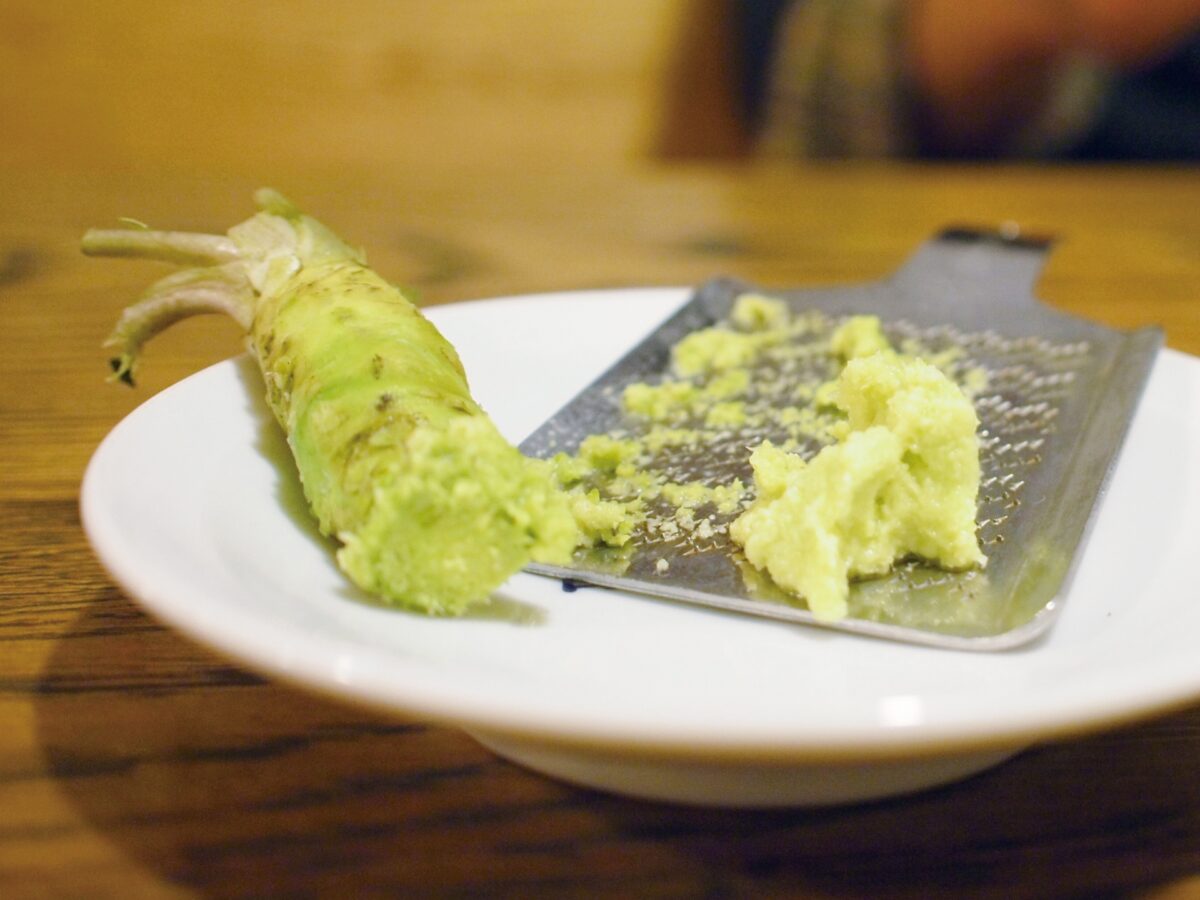
10. Sansho
Sansho, also known as “Japanese pepper” in English, is a spice characterized by its spicy and tangy taste. In Japan, it is famous as a seasoning to be poured on top of unaju (うな重, eel rice bowl). The refreshing aroma and spiciness of sansho enhances the deliciousness of the eel.

11. Shichimi
Shichimi is a unique blend of spices created in Japan. It is made from a wide variety of ingredients, including black sesame, sansho, and shiso, etc. Shichimi is said to be a seasoning inspired by the medicinal properties of Chinese medicine, and is often poured over various foods such as yakitori, udon and soba noodles.
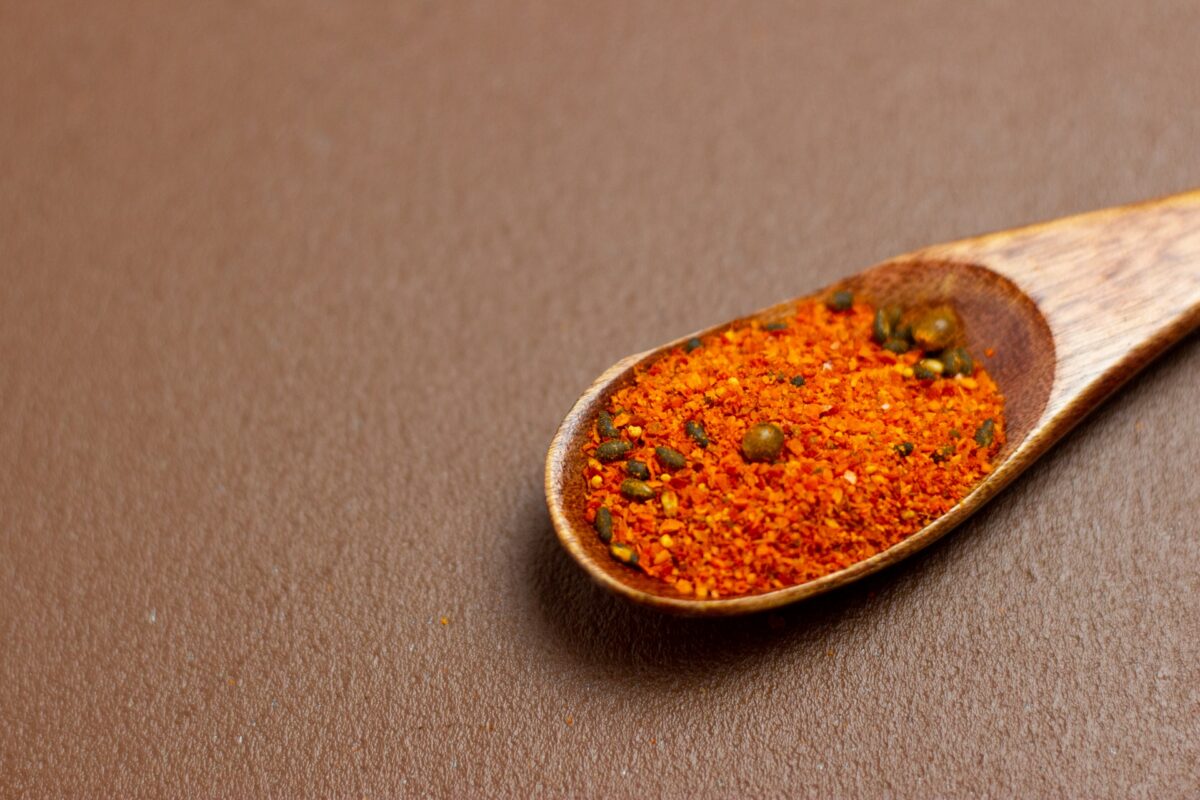
12. Nori
Lastly, let’s take a look at nori. Nori is a thin, black seaweed that has been chopped into small pieces, rinsed, and dried like a paper. It’s used in rice balls and some sushi, and also in nori no tsukudani, which is made by boiling down some pieces of nori with seasonings. When you eat one piece of it, the aroma of the sea spreads in your mouth and raises the flavor of your rice dish to another level.
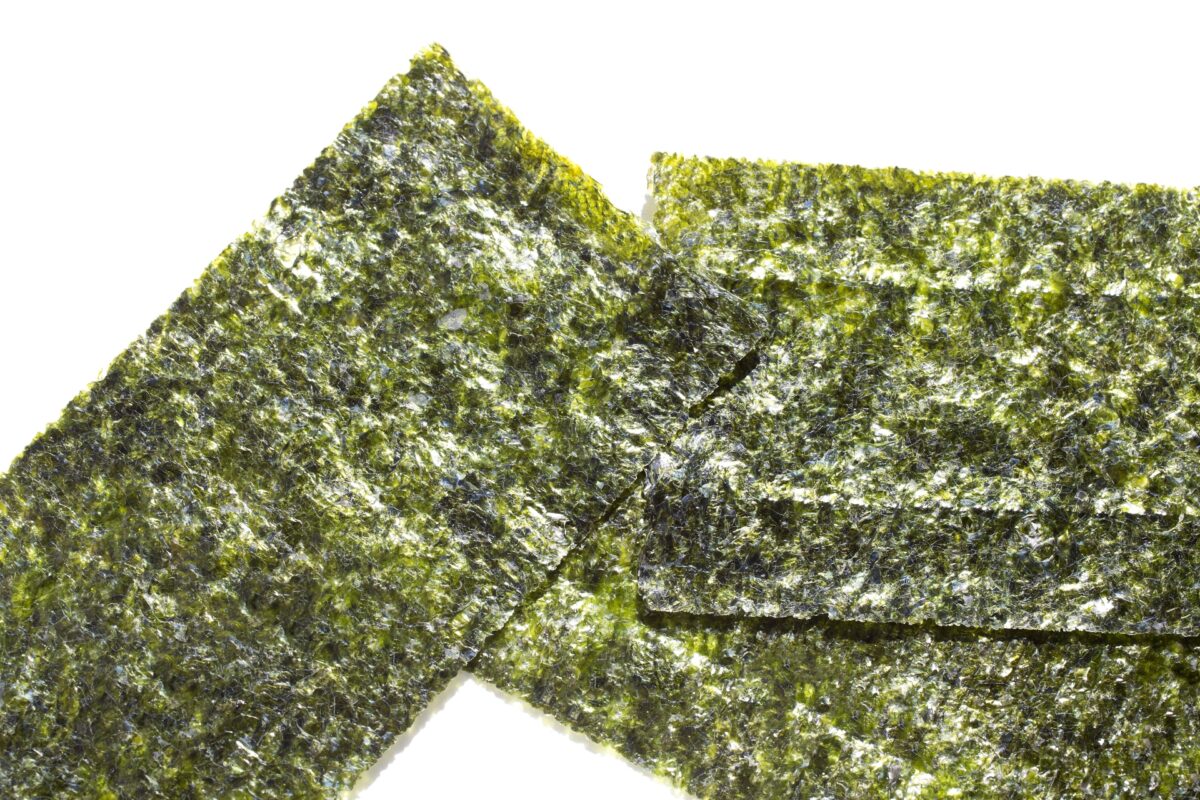
Cooking Experience in Japan
If you are interested in learning cooking techniques and recipes for Japanese meals when you visit Japan, why not participate in a cooking class?
You can learn what ingredients are the keys to Japanese meals and how to cook them at home.
- Tokyo Sushi Making Experience+ Tsukiji Fish Market Explore Tour (Tokyo)
- Learn How to Cook Traditional Dishes at Home! (Tokyo)
- Harvest & Cook Seasonal Vegetables w/ a Vegetable Sommelier at Echigo-Yuzawa, Niigata (Niigata)
Conclusion
This article introduced 12 types of Japanese seasonings, but have you found any that you would like to use in your cooking? If you find a seasoning you are interested in, it is recommended to buy it on the Internet or at an imported grocery store. There are many Japanese dishes that place great importance on the original flavor of the ingredients, and seasonings are an important partner in bringing out that flavor. When you try to cook Japanese food, try using Japanese seasonings!
Follow us on Instagram, Facebook, Twitter and TikTok for more travel inspiration. Or tag us to get featured!
Happy traveling!
Other articles you might be interested in

Mao Goto is a Japanese freelancer who was born in Hayama, Kanagawa prefecture and raised in Tokyo. Since 2016 she lives in the Taito Ward, home to a lot of Japanese culture hotspots such as Asakusa, Akihabara, and Ueno. She has been interested in the field of English education in Japan and got her Master’s degree in March 2020. A lover of photography, travel, sweets, and cross-stitch. Contact her via Facebook.
This post may contain some affiliate links. When you click through and make a purchase we may receive some commission, at no extra cost to you.
